In the heart of basketball country, this family farm builds a direct-to-consumer business based on premium product and Hoosier spirit.
“You’ve seen the movie ‘Hoosiers,’ right?” says Tom Waitt, standing on a concrete pad in the shadow of a basketball goal. Jersey cows roam on pasture behind him on the 200-acre Dandy Breeze Farm he and wife Sally have called home for 30 years. “If you live in Indiana, you’ve seen it.”
If you live anywhere, you’ve seen it. In the final scenes, little Hickory High School is getting set to play massive South Bend Central in the state championship game, and Hickory coach Norman Dale asks his players if anyone has anything to say in the locker room. “Let’s win this one,” says one of Hickory’s guys, “for all the small schools that never had a chance to get here.”
Before Hickory takes the court, a chaplain quotes the David and Goliath story from the Bible in a pre-game prayer. It’s an apt metaphor, both in the movie and in a dairy industry where small farms often must fight to stay afloat.
“When we started milking, we sold to a co-op,” says Tom, and he’s quick to acknowledge the economy of scale associated with that line of business, as growth “was what everybody wanted. (A co-op) didn’t want to stop at a 40-cow farm, a 60-cow farm… now, a 500-cow farm is a small farm, where they can fill up the tank.”
Add to that the realities that have played out over time in the dairy industry as a whole. Fluid milk consumption per person in the U.S. is down almost 40% compared to the days when Tom and Sally got into the dairy business, without a single year of increase in those 30 years. Production, meanwhile, has held basically steady, and the small uptick in consumption of other dairy products—yogurt, butter, cheeses—can’t make up for decreased consumer demand overall.
Meanwhile, in the Waitts’ home state of Indiana, the herd size has stayed fairly flat, but there are more cows in fewer hands. And while the Waitts “got paid a little bit extra,” Tom says, for the premium product—Jersey milk is the highest in protein, highest in calcium, highest in butterfat—“it just gets pooled together with everybody else’s, and there’s not that distinction,” he says.
It’s a choice for David: shrink even further into Goliath’s shadow, or sling a stone. For the Waitts, that meant changing the business, and reveling in the David role; the family diary became a direct-to-market creamery five years ago. “We saw the writing on the wall, when the big farms were coming in,” Tom says. “The creamery is our future.”
They Grew Up Playing The Game
Both Tom and Sally have the backgrounds to make a go at a premium milk business. Though they’ve always farmed at Dandy Breeze, both had off-farm jobs: Tom as a science teacher, Sally as a vet tech. Both studied animal science at Purdue. “When I went to Purdue, I lived at the dairy center, right off campus,” Tom recalls. “I milked cows for my room and board.”
Off-farm work was the steady income they needed in the co-op days, but establishing the creamery quickly became more than a retirement plan. This fall will be the first time Tom won’t see a classroom in 27 years.
After finding a market early with a cheesemaker, word of mouth helped the Waitts expand quickly. Being close to Indianapolis helped. Half-gallons and 12-ounce single servings of strawberry- and chocolate-flavored of Dandy Breeze milk go to small groceries and butcher shops that carry premium, local products. Schools are an emerging market, as are coffee shops in Indy. “They love it for their lattes,” says Tom.
“I must’ve been Tom’s first call, or among the first few,” says Neal Warner, proprietor of Coat Check Coffee and Provider, two independent coffee houses in Indy. “Nothing compares to a cappuccino or latte made with really creamy Jersey milk.” Warner takes a deep dive with his vendor; he has visited the farm, and appreciates “the way that Tom uses the baleage system of feeding throughout the year, and keeps his milk very consistent.”
Play Ball
Basketball is more than a metaphor here. It has, at various times in the past, been a literal part of the operation. The barn at Dairy Breeze is more than 100 years old, and in its loft is another basketball goal, installed when Tom and Sally’s children were young. “I suspect it was a means of giving us something to do during the winter,” says Sam, the youngest of the four Waitt children. Back then, Dandy Breeze was “free-range cows and free-range kids,” he says.
Lest anyone think Dandy Breeze is all play and no work, the milking parlor below and the creamery next door are plenty busy. The milking herd delivers about 2000 pounds of milk a day, a sweet spot for production that keeps quality high while taking advantage of the high-nutrition baleage and other feed produced on the farm. “Generally, that’s about 700 of the half-gallon bottles, and we still can hold some back for the 12-ounce bottles and our first customer, the cheesemaker,” Tom says.
There is a balance, though. David can't morph into Goliath and stay premium. The concept of maintaining quality at the current herd size must mean a lot to a Purdue graduate if it leads him to quote a movie called “Hoosiers.” The spirit of that pre-game speech is undeniable in the Waitts’ work.
“That’s why I do it,” he says. “For all the small guys that never got a chance.”
Tractor Plus Silage Baler
Haying windows are always tight, but nutrient content is especially important to Tom, which means baling as wet as he can.
Just maybe not this wet. “It rained for two weeks. We were gonna have two nice days, and then rain for another week,” says Waitt of a recent cutting.
“We had to bale it. It baled really wet,” he says, holding a handful of dense, rich clover. “We had to get it done, and that baler baled it. I couldn’t believe it.”
“That baler” is a Massey Ferguson RB4160V, a silage baler that produces 4- x 5-foot round bales and surprised its new owner with its pickup, among other features. “I don’t even worry about plugging it up,” says Tom. “With other machines, I was always worried about the next clog, always on pins and needles… this is too much. But this machine is not going to get stressed.”
Waitt was already moving bales, feeding and doing other jobs around the farm with the MF4707, a 70hp workhorse that had impressed him with its visibility. “It’s a nice cab; you can see the drawbar, see what’s in front of you, left and right. And there’s plenty of power for what I use it for.”
Still, he wanted something bigger to pull the RB4160V. “This baler is a very heavy baler, weighing in at over 8,000 pounds,” says Dave Hoard, salesman at Roudebush Equipment in nearby Westfield. “To process that wet hay, it takes a lot of horsepower.” Enter the MF6713, with the weight and horsepower to handle Tom’s haying needs.
Tom converted from New Holland products, and was happy to see how the MF6713 and the baler worked together. “It just seems like a really good match,” he says. “You don’t even know the baler is back there,” he adds, commenting on the tractor’s pulling power, but the cab worked better for him, too. Expanded monitoring capability means Tom can adjust bale density from the comfort of the tractor rather than at the baler itself. And Tom likes a dense bale. “It has a setting of 1 to 10, as far as how dense the bale is,” says Hoard. “When you set it up there pretty dense, you can’t even stick your finger in the side of that bale.”
A denser bale means less work and more time in the day for Waitt. “I’d throw a bale out last year (baled with previous equipment), and it lasts two days; now they go to day five.” Meanwhile, the feed quality is what he needs to maintain his premium product. “It keeps the leaves on everything. You’re basically feeding (the cows) pasture, which is great.”
He says his Massey equipment is ideal for Dandy Breeze. “I look at it as the small guy’s combine. It’s everything I need to do my job.”

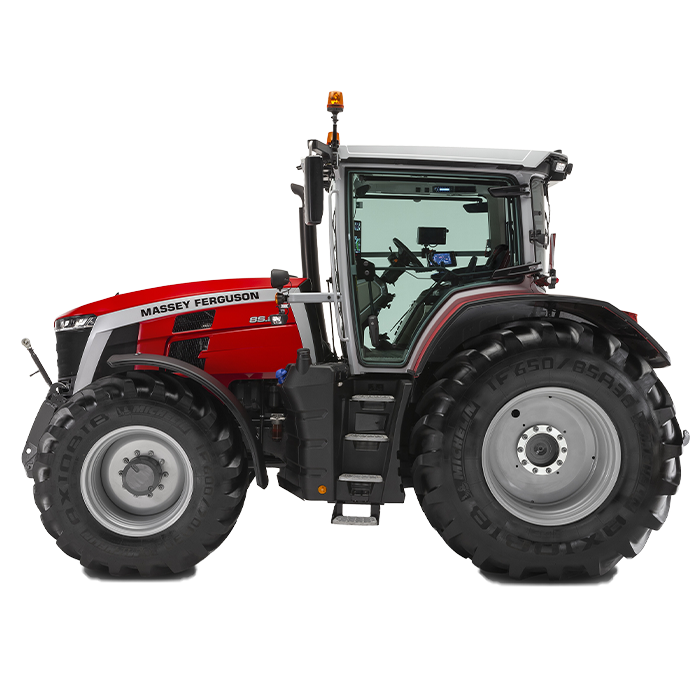
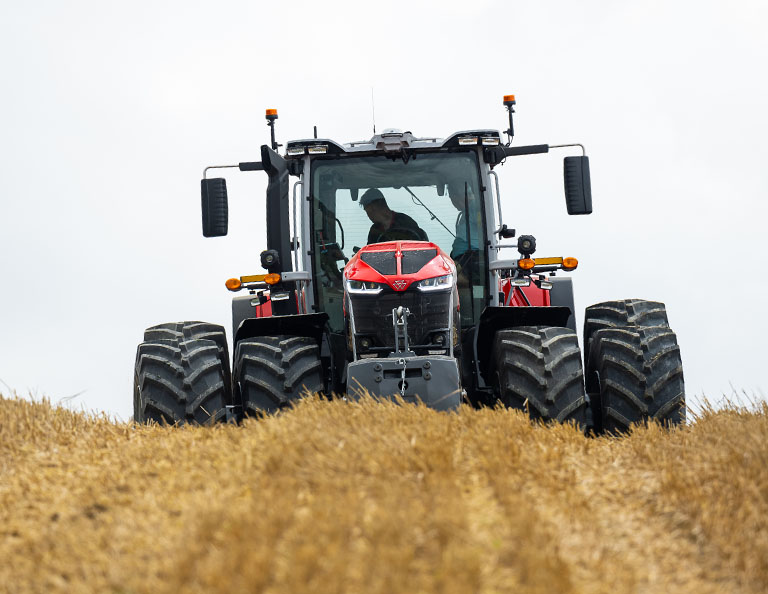

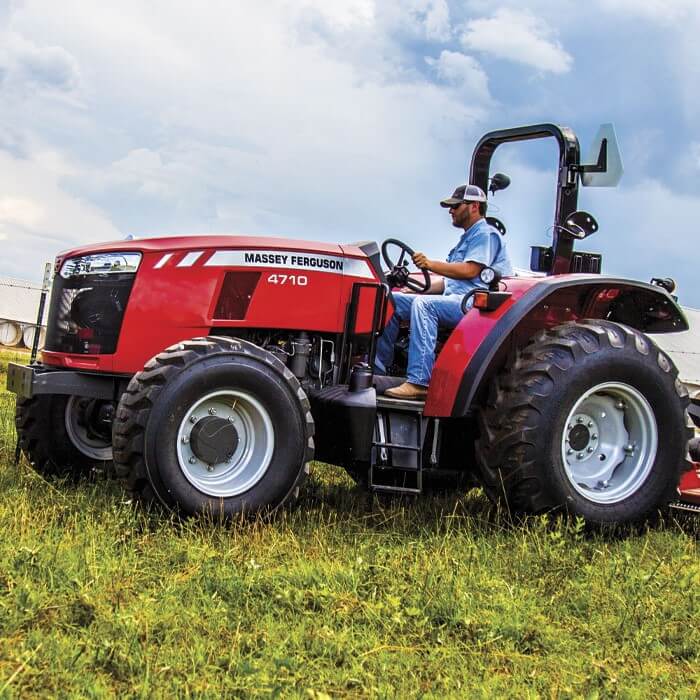


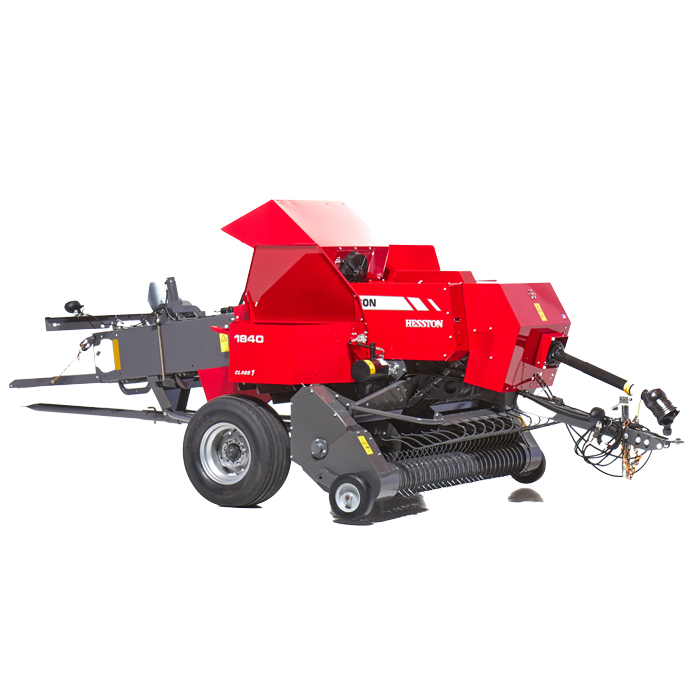
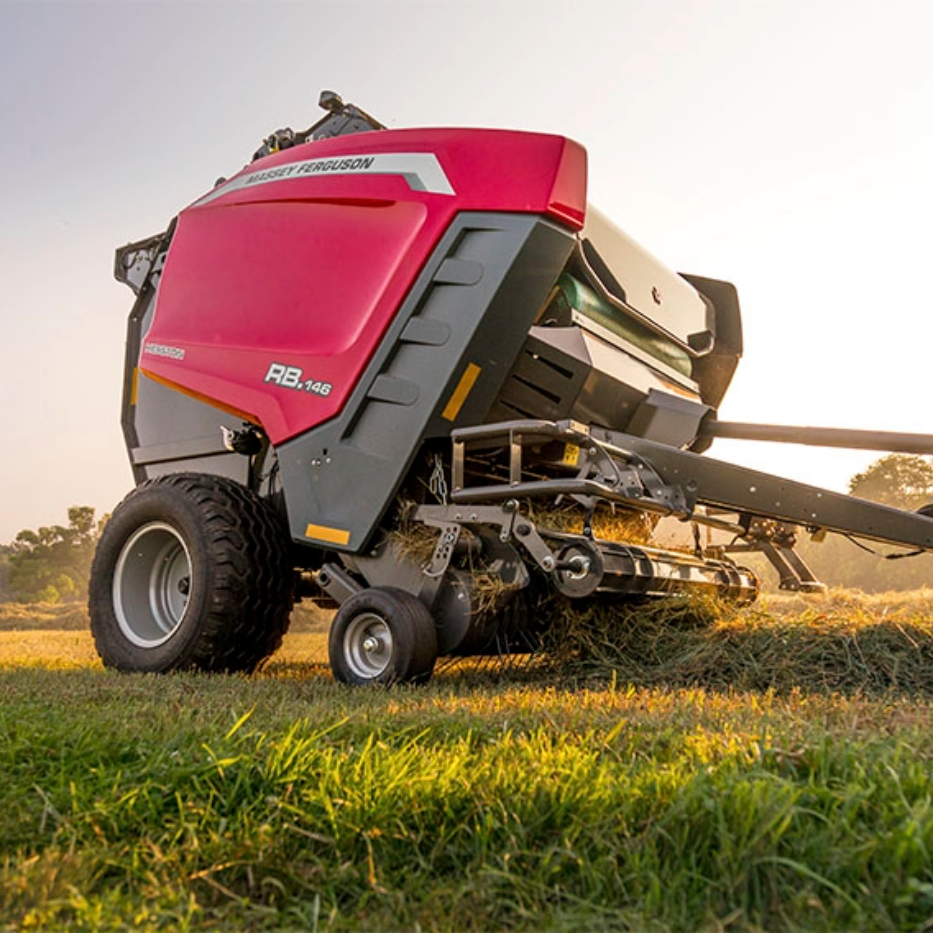
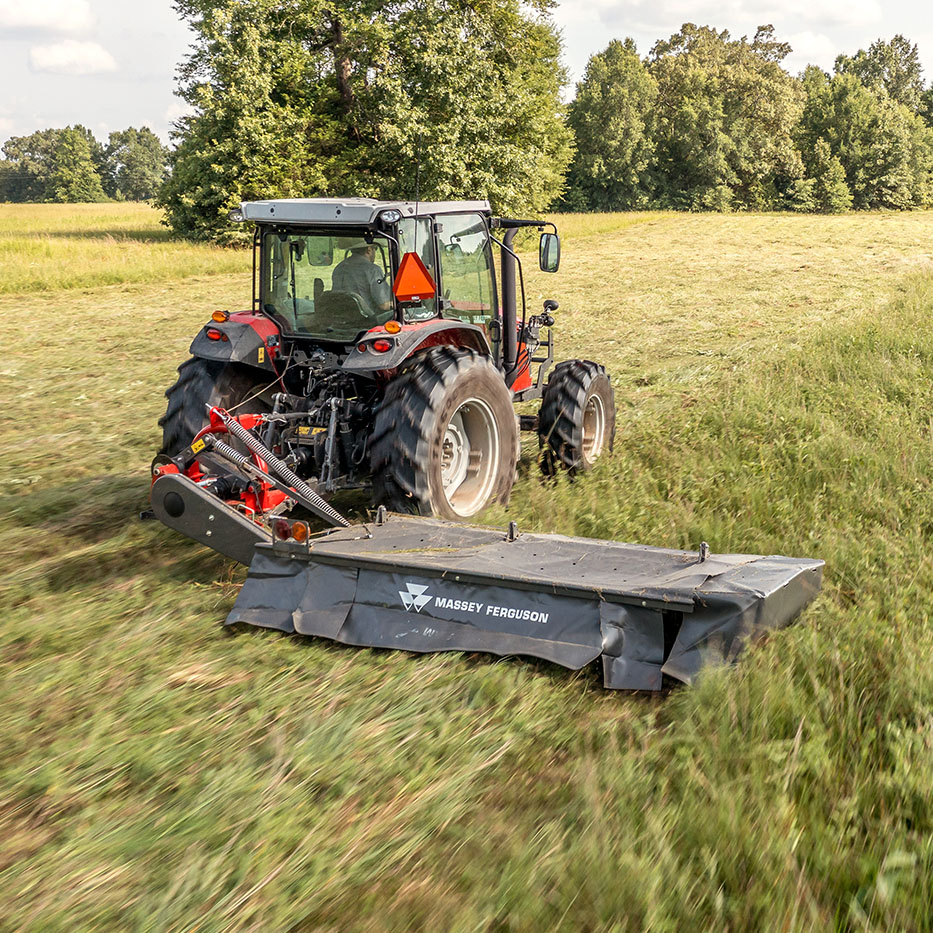
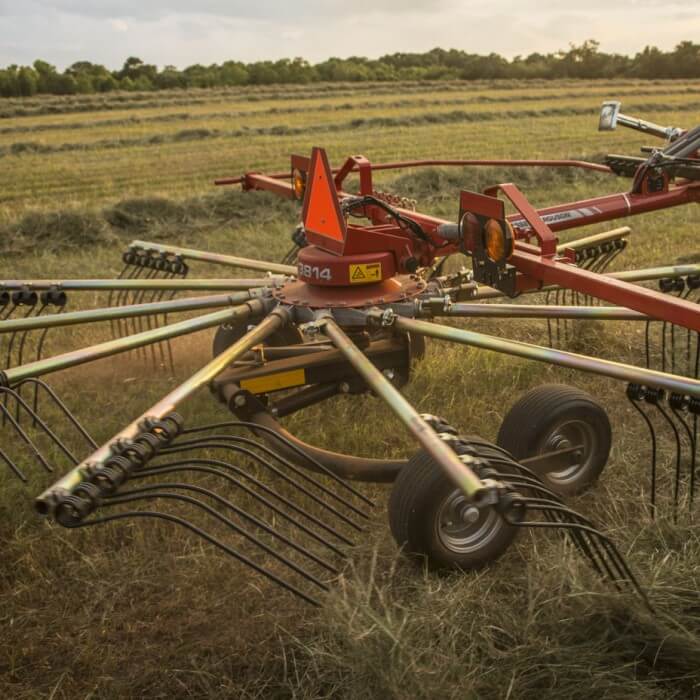
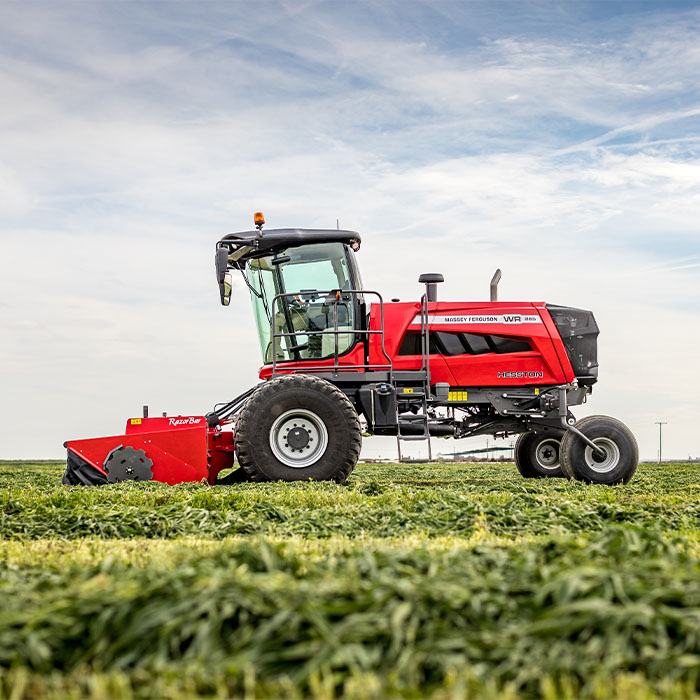
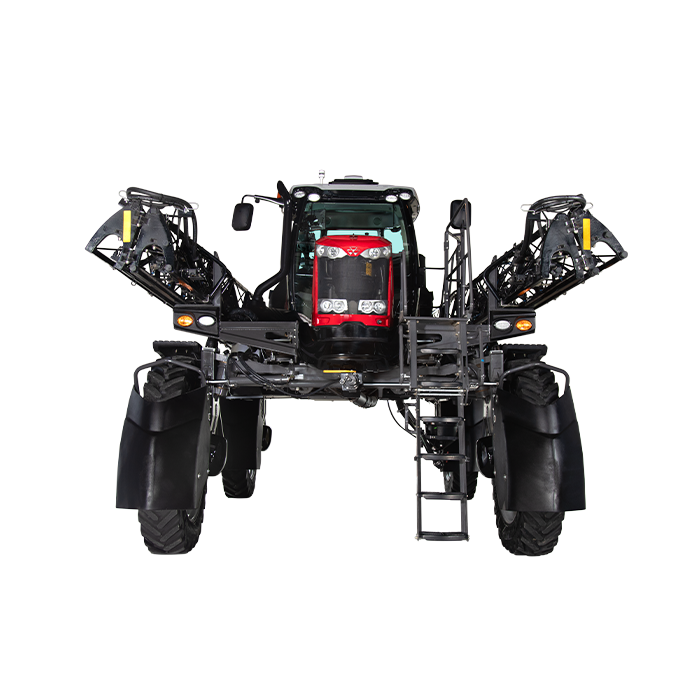

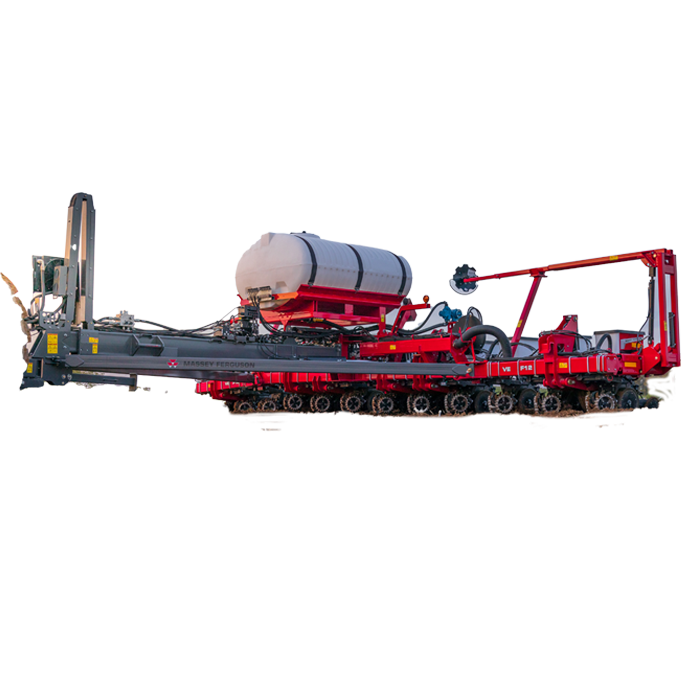
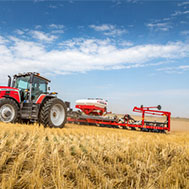
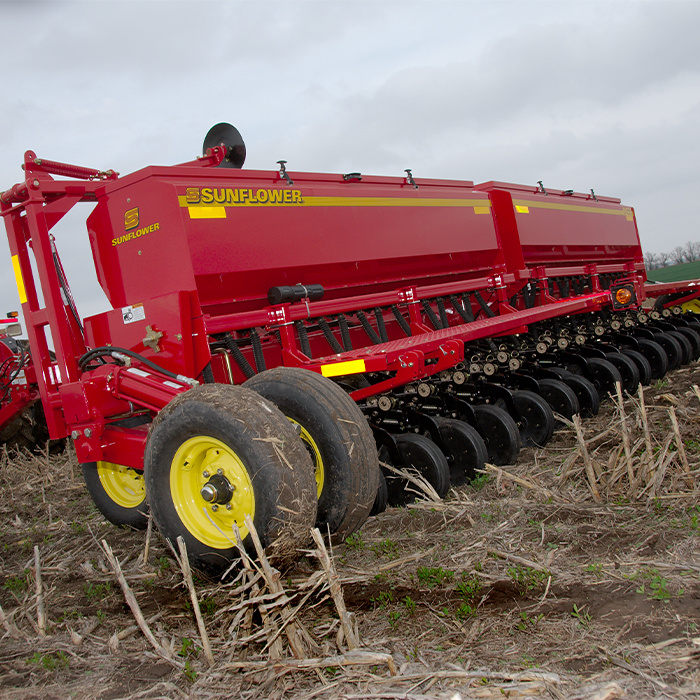
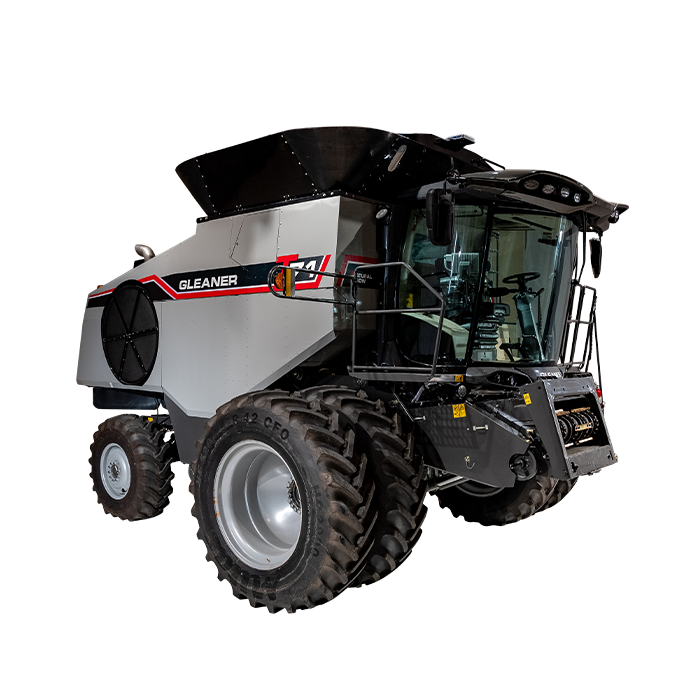

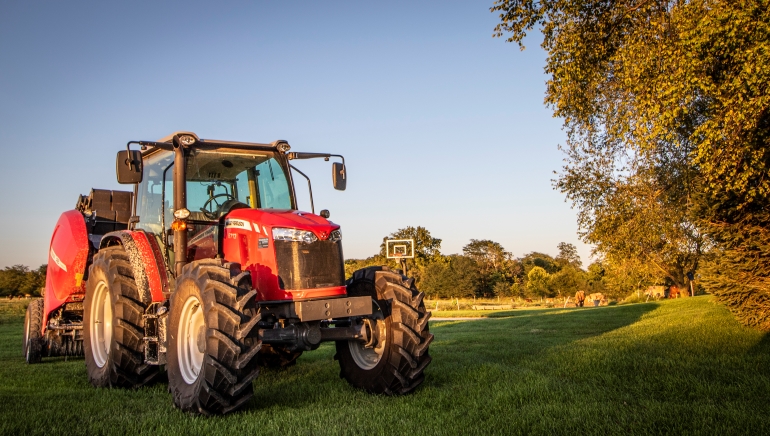
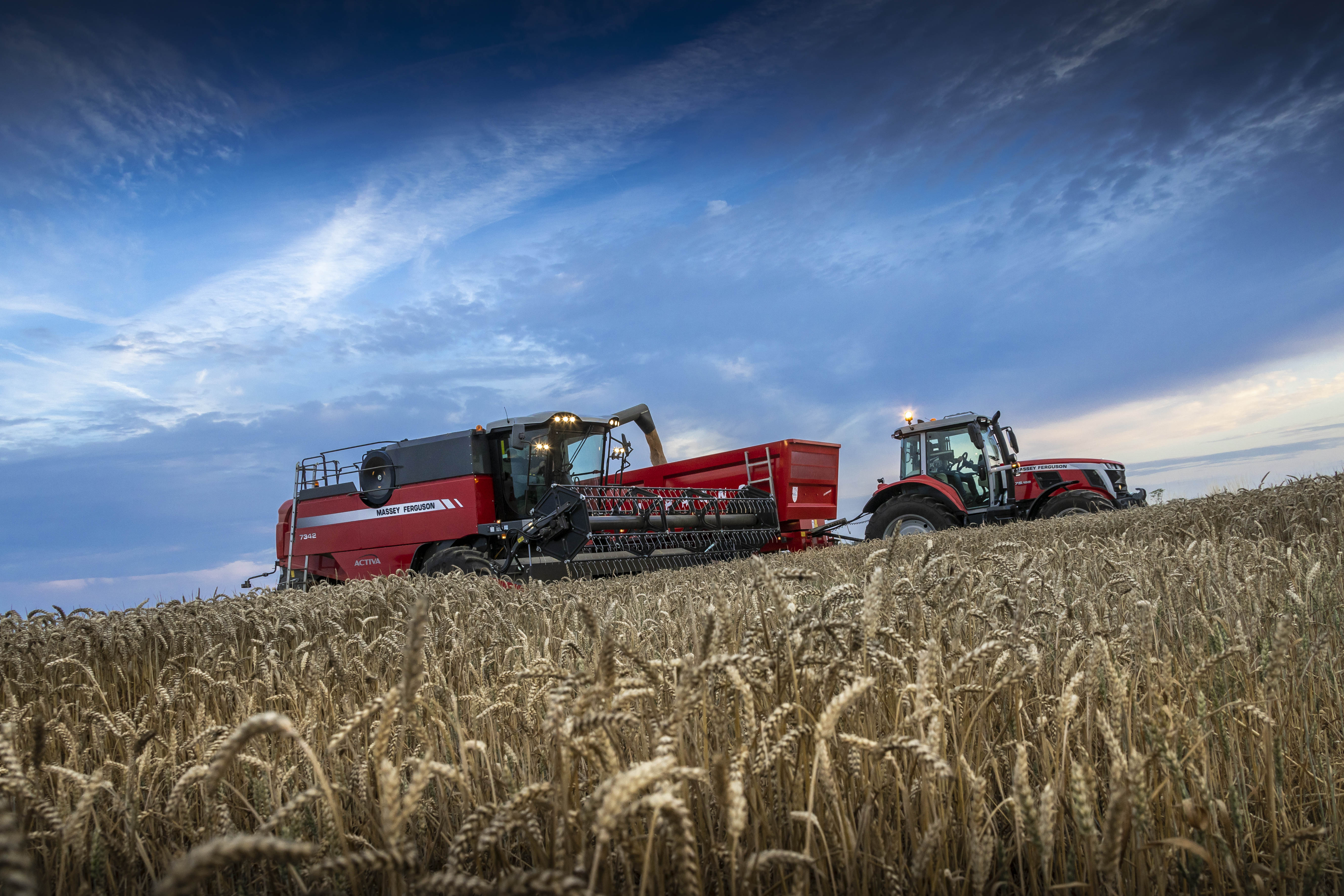
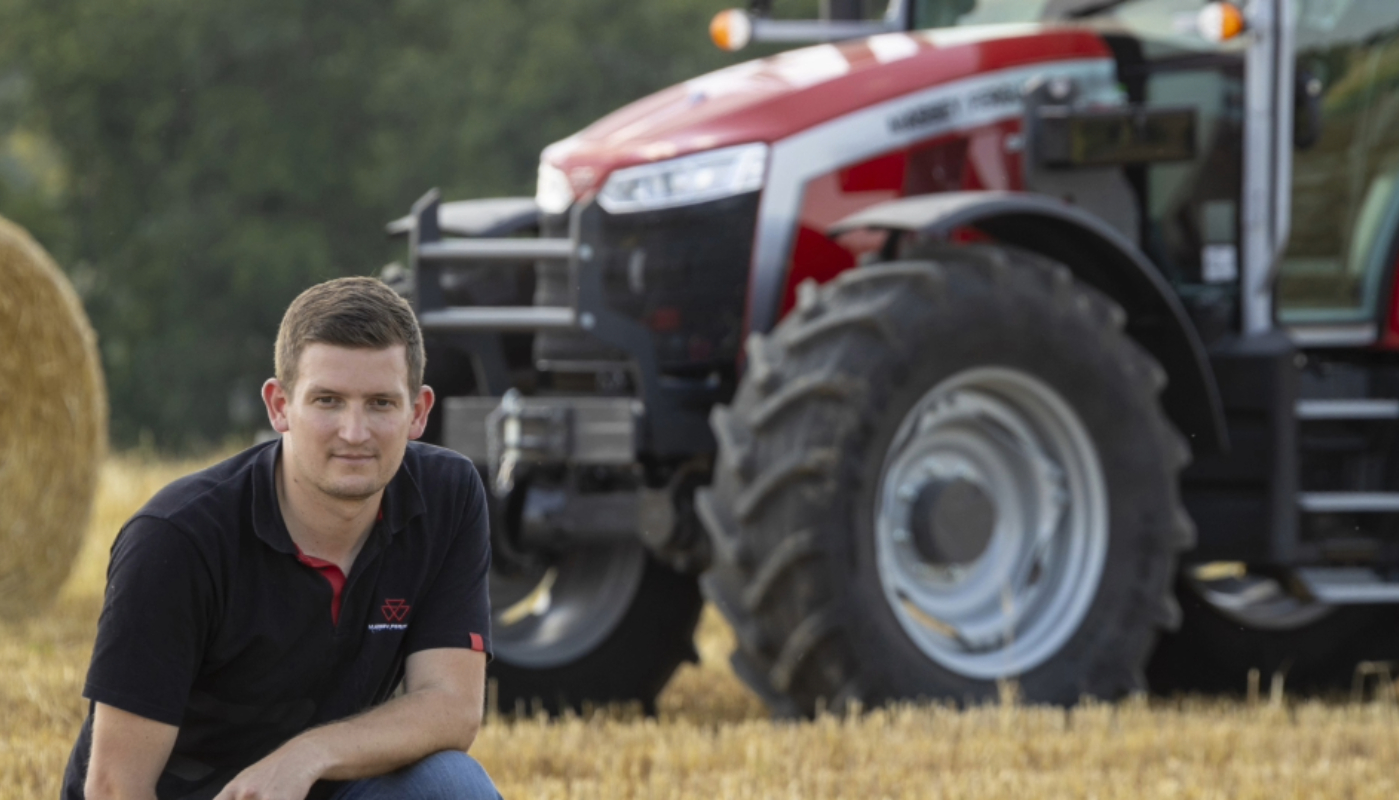
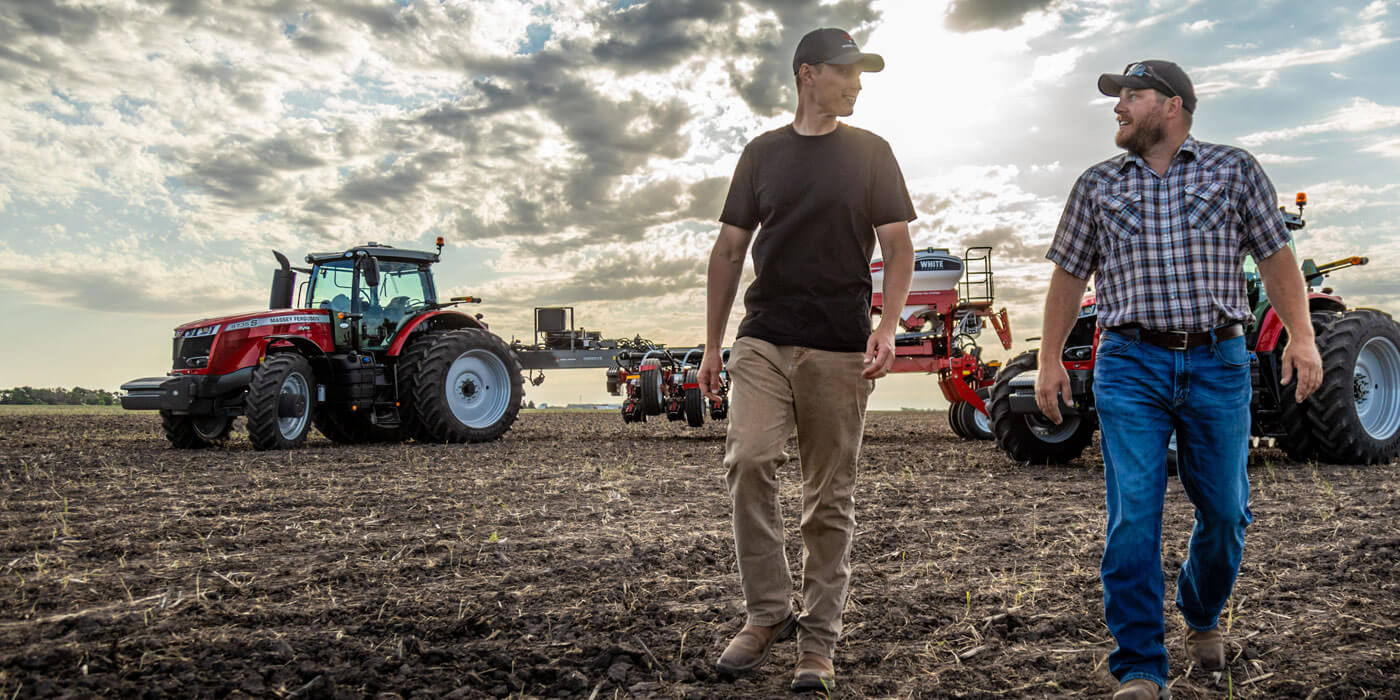
Share